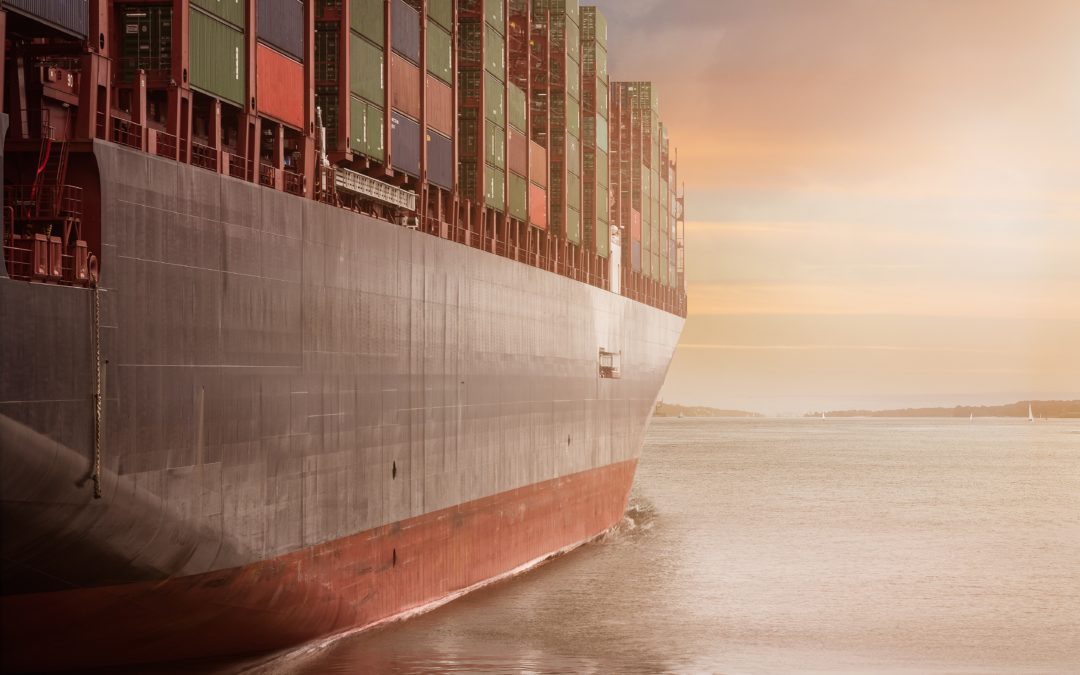Nowadays, scalability is a buzzword within business minded people, and especially those involved with growth centered businesses. The term scalability, simply put, means that when the input increases, the output increases faster.
Scaling is most traditionally connected with manufacturing, where the economies of scale have been essential part of long-term business development. It refers to a situation where the manufacturer can decrease its unit costs, by increasing the volume until the point when capacity restrictions come in play. In digital industries on the other hand, the economies of scale are even more highlighted, since solutions are delivered through digital channels with almost no additional costs, meaning that the total average unit costs decrease with every customer, with no limits what so ever.
Exports and Scaling
Although the scaling effects are most distinct in digital industries, this doesn´t mean that this is irrelevant for those manufacturing more traditional products and services, since the same concepts are in work.
Most companies have, at least to some degree, acquired competitive edge towards their competitors in their own field of business. This can be a result of innovation, studying and research, or of accumulated experience, and this competitiveness makes it possible for the company to ask for a price premium for its deliverables.
We can demonstrate the effects of exports by considering a company, that has come up with a revolutionary upgrade for a simple product that is already used worldwide, that will make it much more efficient and environmentally sustainable. In this case, this company has expressed a useful talent for inventiveness, and it can therefore be stated that these people have expertise on this field, and have gained competitive advantage by innovation. Now if this company is originated from a small country, let´s say from Finland, and doesn’t have the right tools to comfortably and successfully export, the number of people who could take advantage of this solution would be very small. And small number of customers, lead to small profits and minimal gains from the invention. A company originated from say, Germany or US on the other hand, can achieve substantial success by only concentrating on home markets.
Finnish Exporting Status
Now this being the case, we should expect that companies with world leading innovative solutions, would be eager to leverage their competitive edge in international markets, targeting markets with biggest opportunities on their field of business.
Finland is one of, measured by many key performance indicators, the most advanced countries in the world. In particular, we have been ranked inside top 10 in global innovation index every year since the 2010. In this light, it is easy to assume that we do have a fair amount of world leading inventions and solutions, but when you look at the nations exporting statistics, it seems that we are not quite capitalizing on that advantage.
The recent statistics from the custom of Finland, states that more than a half (52,5%) of total exports from Finland are sold to the neighbor markets, including nations direct border neighbors, and the countries by the Baltic Sea. Naturally many things are supporting strategies that focus on close markets, where the cultural differences are smaller, and distances shorter, but when comparing the population of these markets to the global population (4,21 %), it is easy to see that a similar concept that was demonstrated in the previous chapter, is in action here.
The Untapped Potential of ASEAN Markets
Probably the least utilized global market by the Finns, is the ASEAN Free Trade Area, AFTA. Whilst more than a half of the Finnish export trade is allocated to area containing 4,21% of the world population, the trade allocated to ASEAN, which inhabits more than double that amount (8,49%), has allocation of 1,8% of Finnish exports. This means, that the allocation for close market export is almost 59 times bigger per individual than it is in ASEAN markets.
There surely are other factors that affect the success of a company than the population of the country, not the least effective being the average buying power of the market, but many aspects that used to reduce the attractiveness of these markets, are diminishing. In many of the ASEAN countries, the middle class is growing bigger and wealthier, and it brings with it the demand for high quality commodities, world class services, and luxury products. In addition, the digitalization as well as globalization decrease the cultural differences, and brings down language barriers, and even the distances grow shorter when the infrastructure of these areas is improving.
As Finns, we are not usually well known by our willingness to take on big risks, and there is nothing wrong with being precise and deliberate. It still does seem like a waste, not to leverage all the hard work we have put into educating our nation, by scaling our great talents and innovations to the world.

